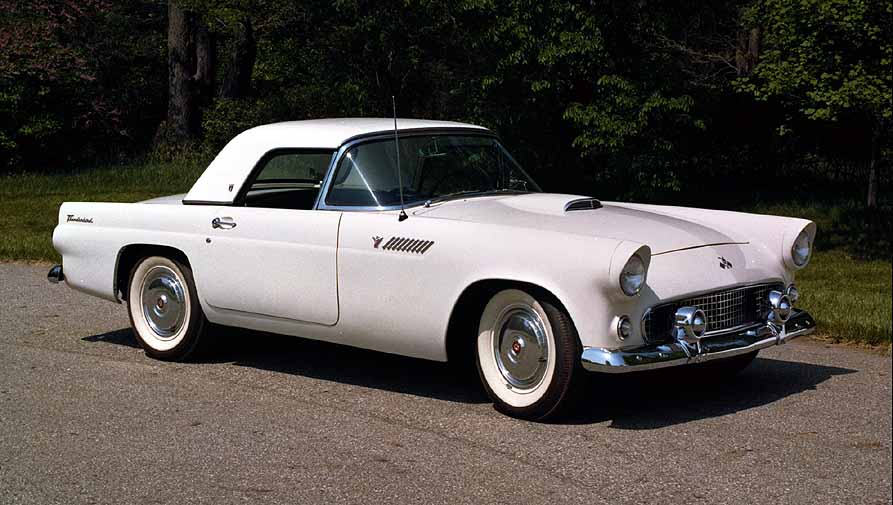Yes, this burnout will happen if they stay connected to a 100% on 12V supply. The points setup and the EI are all switched 12V supplies, they supply power to the coils for only part of each spark cycle ie they are a switched supply. The EI's normally turn off the power to the coils after a few seconds if the engine is not turning to prevent this, on points if one set of points is shut with the engine not running and the ignition on then the coil being fed by those points will burn out.
The test for coils is checking the ohms/resistance.
Lucas 6V coils (17M6) - 1.5 to 2.2 Ohms between the low-tension terminals.
4 KOhms between either l-t terminal and the h-t terminal, infinte Ohms between any terminal and the case.




